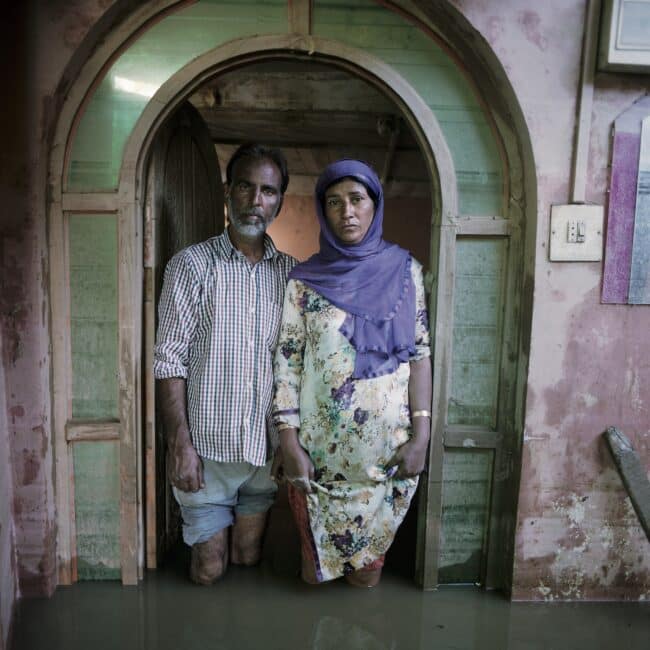The World to Come: Art in the Age of the Anthropocene chronicles an era of rapid, radical and irrevocable ecological change through works of art by 45 contemporary international artists. We live in a world of imminent extinctions, runaway climate change and the depletion of biodiversity and resources. Our age has been identified as the Anthropocene, a controversial term used to name a new geological epoch defined by human impact. While geological epochs are known as products of slow change, the Anthropocene has been characterized by speed. Rising water, surging population and new technologies that compress our breathless sense of space and time. Philosopher Santiago Zabala, echoing Heidegger, warns, “The greatest emergency is the absence of emergency.”
Despite the challenges of disaster and denial, artists in the exhibition respond with resistance, imagination and new ways of seeing and thinking about the world to come. The artists contest mastery of human power over nature while re-visioning the bond of humans to non-human life. In this way, they sustain an openness, wonder and curiosity, keeping optimism in check and nihilism at bay. Organized around overlapping trajectories, the exhibition is structured as a collage of networked ecologies and stories within stories. They include raw material, disaster, consumption, loss, justice and the emergence of new and nonhierarchical alliances in human-non-human relations.
Florida is one of the most environmentally vulnerable locations worldwide, making The World to Come especially relevant. The exhibition includes a catalogue and dynamic interdisciplinary programs. In January 2017, the Harn Museum of Art received a $100,000 grant from the prestigious Andy Warhol Foundation, providing welcome support for the exhibition.
The exhibition is organized by the University of Florida’s Harn Museum of Art and made possible by the Andy Warhol Foundation for the Visual Arts, UF Office of the Provost, National Endowment for the Arts, C. Frederick and Aase B. Thompson Foundation, Ken and Laura Berns, Daniel and Kathleen Hayman, Ken and Linda McGurn, Susan Milbrath, an anonymous foundation, Visit Gainesville, UF Center for Humanities and the Public Sphere, UF Office of Research, Robert and Carolyn Thoburn, UF Biodiversity Institute, UF Center for Latin American Studies, UF Water Institute and UF Department of English “Imagining Climate Change” program with additional support from a group of environmentally-minded supporters, the Robert C. and Nancy Magoon Contemporary Exhibition and Publication Endowment, Harn Program Endowment, and the Harn Annual Fund.
The World to Come: Art in the Age of the Anthropocene will travel to the University of Michigan, Ann Arbor from April 27, 2019 to July 28, 2019.



